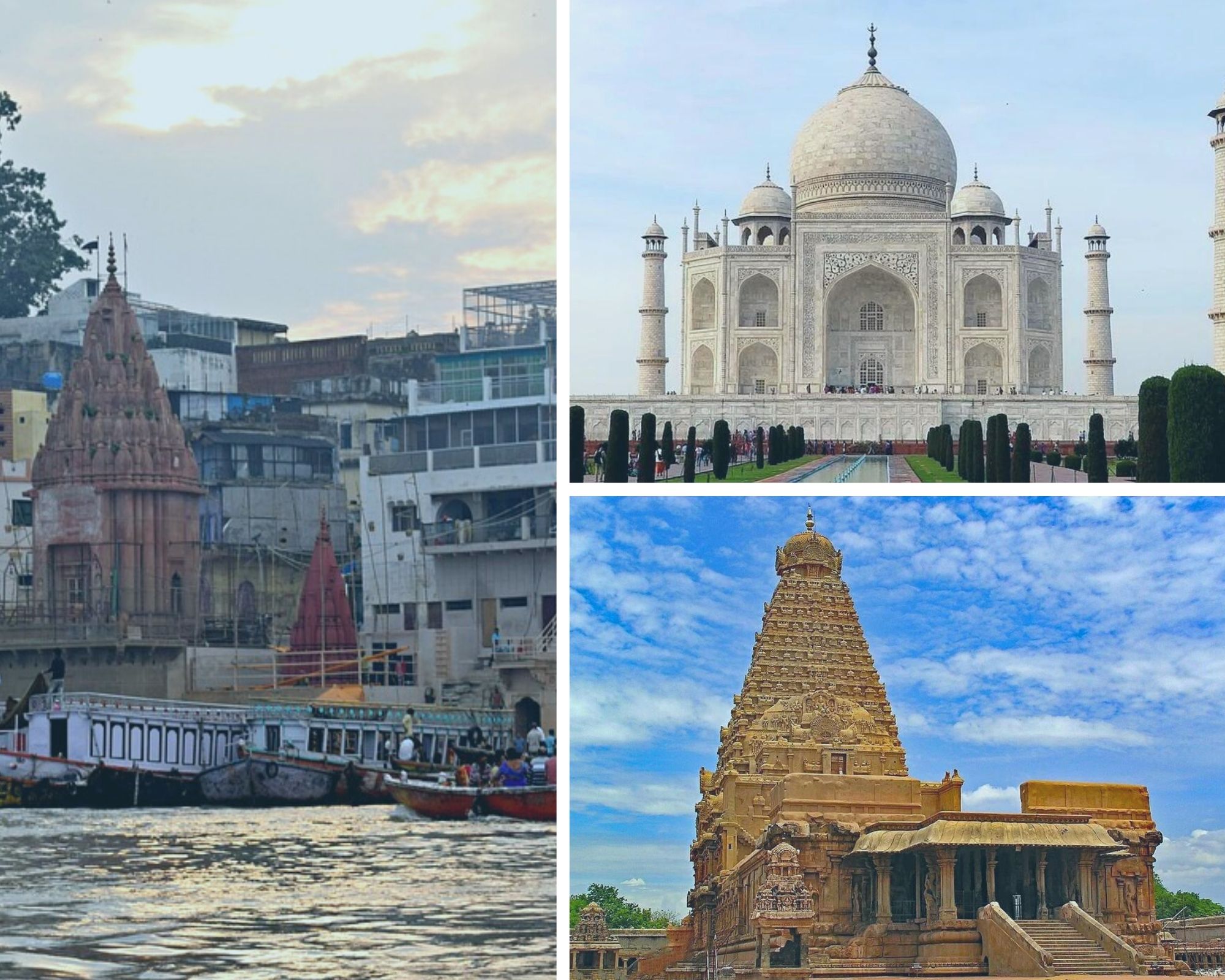
Image Credits: Pixabay
India
To Boost Tourism In Ganga River, PM Modi Launches Second Cruise Under PRASAD Scheme
 |
|PRASAD scheme was launched by the Central government in 2015 under the Ministry of Tourism, focusing on identifying and developing pilgrim sites across the country to promote religious tourism. It aims to integrate pilgrimage destinations in a prioritised, planned and sustainable manner to provide a complete religious tourism experience
Prime Minister Narendra Modi's parliamentary constituency Varanasi got a big push on Thursday when it received the second cruise boat under the Pilgrimage Rejuvenation and Spiritual Augmentation Drive (PRASAD) Scheme of the Central Government. The two-tier cruise boat will run in the waters of Ganga and present a spectacular view of 84 ghats of Kashi.
The project "Development of River Cruise in Varanasi under PRASAD Scheme" was approved by the Ministry of Tourism with the cost of Rs. 10.72 crores in February 2018. The components viz. 'Passenger Cum Cruise Vehicle', 'Modular Jetty', 'Audio-Visual Interventions', and 'CCTV Surveillane' have been successfully completed and dedicated to the nation.
Previous Projects
Apart from Varanasi, various other states have been benefitted previously under this scheme. Last year, the 11th century Sri Varahalakshmi Narasimha Swamy temple at Simhachalam in Andhra Pradesh was chosen under the scheme, and Rs 53 crore were sanctioned on its development. On November 4, 2020, the Kerala government inaugurated the "Tourist Facilitation Centre" at Guruvayur, Kerala under PRASAD Scheme at the cost of Rs 11.57 crores. The scheme aimed at infrastructure development such as last-mile connectivity, entry points, eco-friendly modes of transport, interpretation centres, ATM/Money exchanges, and other basic tourism facilities.
Under the scheme, the Ministry of Tourism also took up infrastructure-related development activities at various Buddhist sites and around 30 infrastructural development projects were identified. This includes Buddhist sites such as Ajanta and Ellora, Bodhgaya. Approximately 20 cities fall under the category so far.
Objectives
PRASAD scheme was launched by the central government in 2015 under the Ministry of Tourism, focusing on identifying and developing pilgrim sites across the country to promote religious tourism. It aims to integrate pilgrimage destinations in a prioritised, planned and sustainable manner to provide a complete religious tourism experience. It was started to tap the growth of domestic tourists driven by spiritual/religious sentiments.
The scheme's objectives are to harness pilgrimage tourism for its multiplier and direct effect on employment generation and economic development. The government has set up a Mission Directorate for practical implementation of the scheme. It recognises projects in the identified cities and coordinates with the states/UTs and other stakeholders to implement this scheme. Presently, 12 cities are identified under the PRASAD scheme: Amritsar, Kedarnath, Mathura, Ajmer, Varanasi, Gaya, Kamakhya, Dwaraka, Puri Amaravati, Kanchipuram and Velankanni. The criteria for the selection of the cities is their rich cultural heritage and history.
Each year, millions of people from India and overseas visit sites of religious and spiritual significance. In order to develop a holy tourism product, the initiative was started as a Central Sector Scheme during the 12th Five Year Plan.
Benefits
PRASAD scheme offers a tremendous opportunity to undertake infrastructure developments at the important pilgrimage and heritage destinations/cities in an inclusive, integrated and sustainable manner that focuses on livelihoods, skills, cleanliness, security, accessibility and service delivery.
The pilgrimage destinations are selected based on pilgrimage lineage, pilgrim footfall, while the heritage cities are selected based on high heritage values of the city, tourist footfall, number of monuments and their accreditations. The scheme was supposed to complete nearly 50 destinations and 20 heritage cities by 2020 and beyond.
The Central Government provides 100% funding for the project components undertaken for public funding. This scheme seeks to leverage the voluntary funding available for Corporate Social Responsibility (CSR) and the Public-Private Partnership (PPP) to improve the projects' sustainability.
Infrastructure development includes wayside amenities with an emergency like vehicle repair or fuelling facilities, general improvements such as landscaping, fencing, garbage bins, drinking water points also fall under the scheme. External infrastructures, conservation of historic structures, capacity development, knowledge management are the other factors.
The scheme has a clear objective of improving the state of various tourist destinations effectively with huge budgets. Since its launch, it has helped increase employment opportunities and generated more incomes in the states having heritage sites.
Also Read: Punjab Govt Announces Debt Waiver Of Rs 590 Cr For Landless Farmers, Labourer